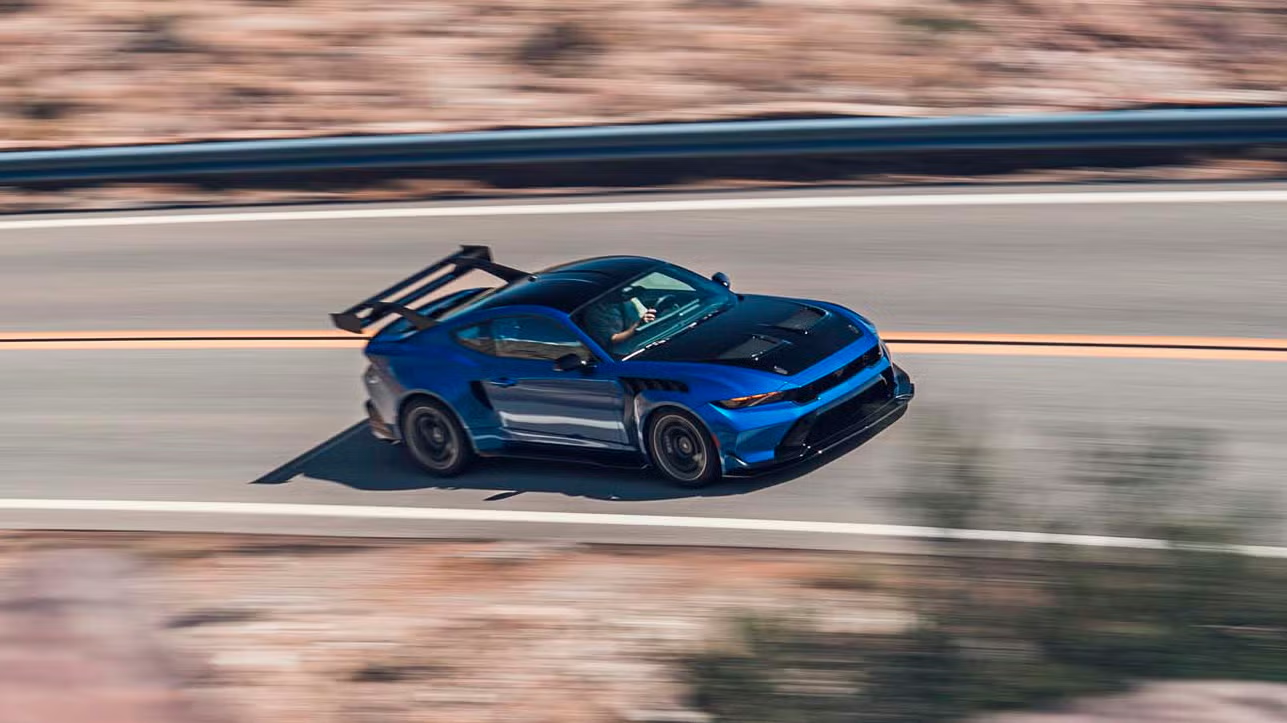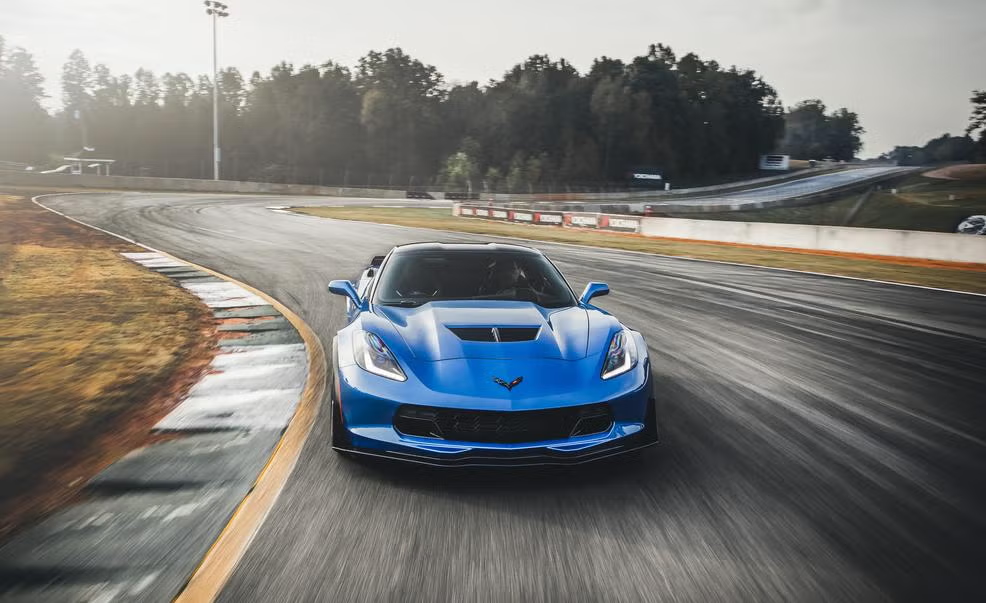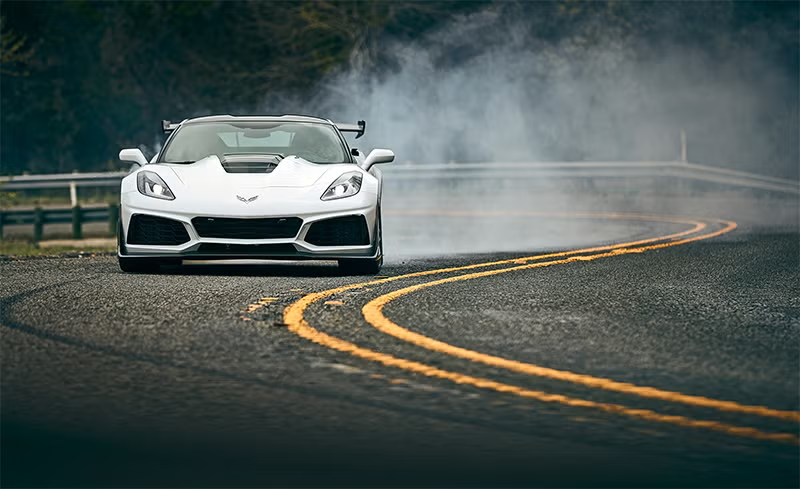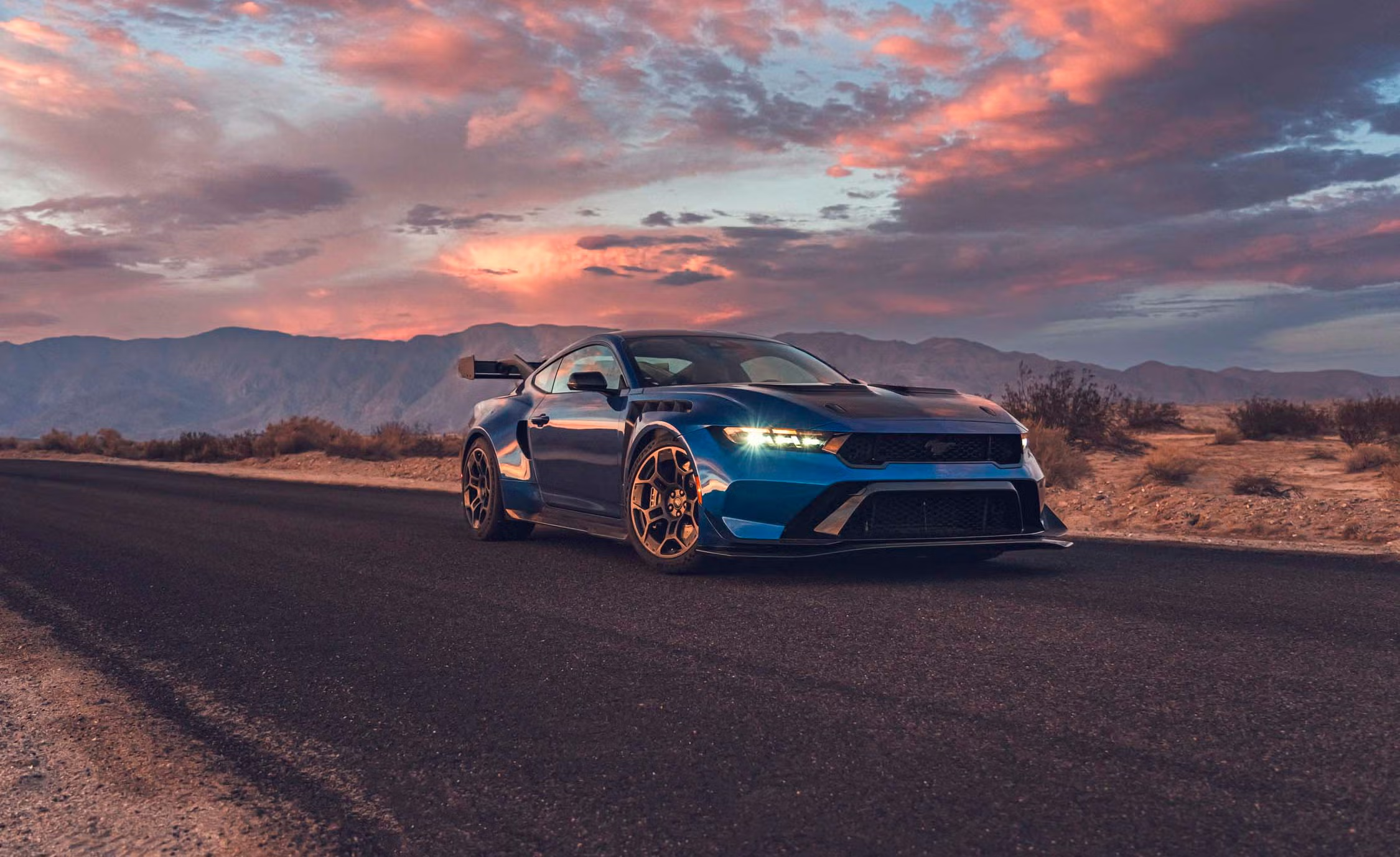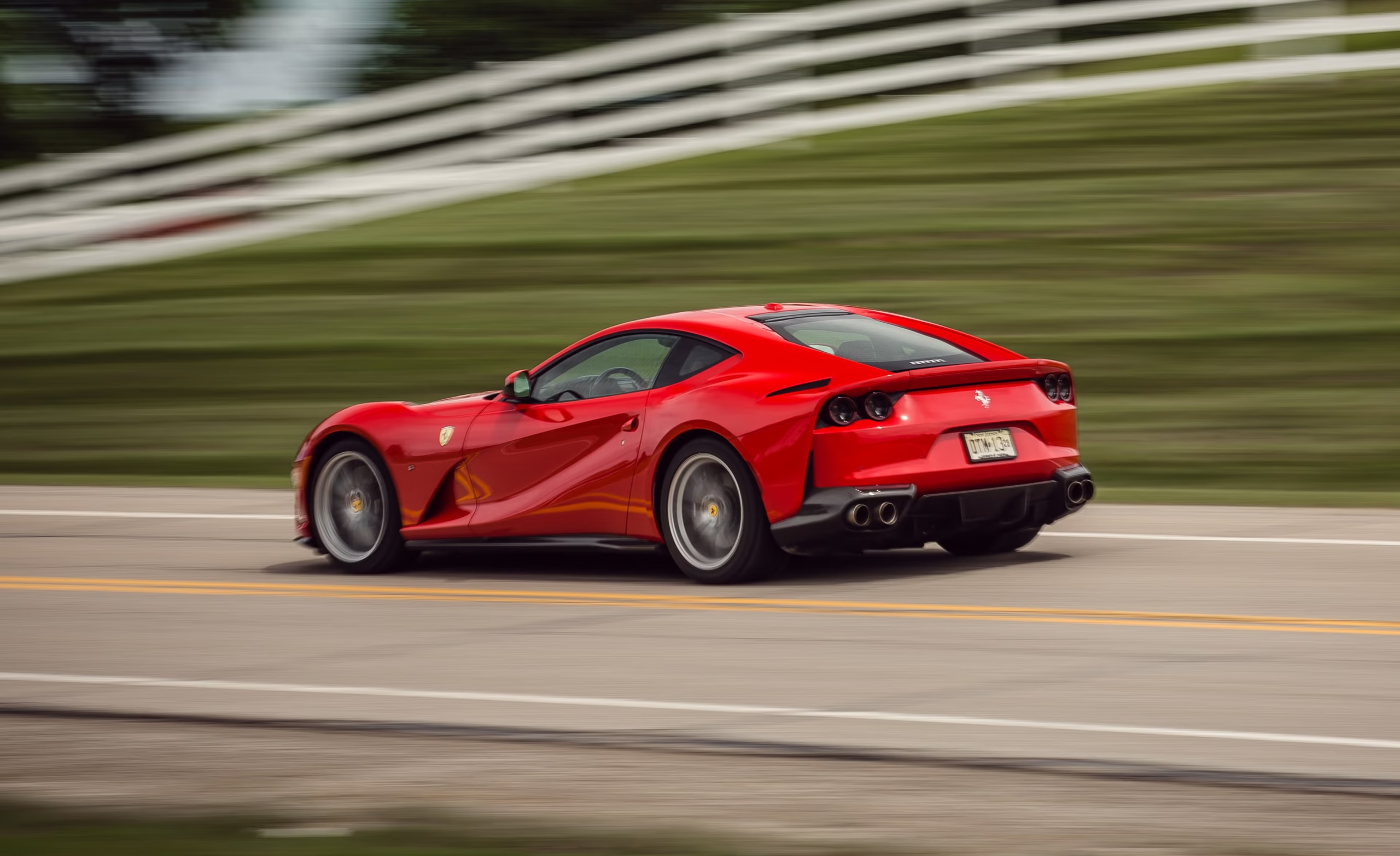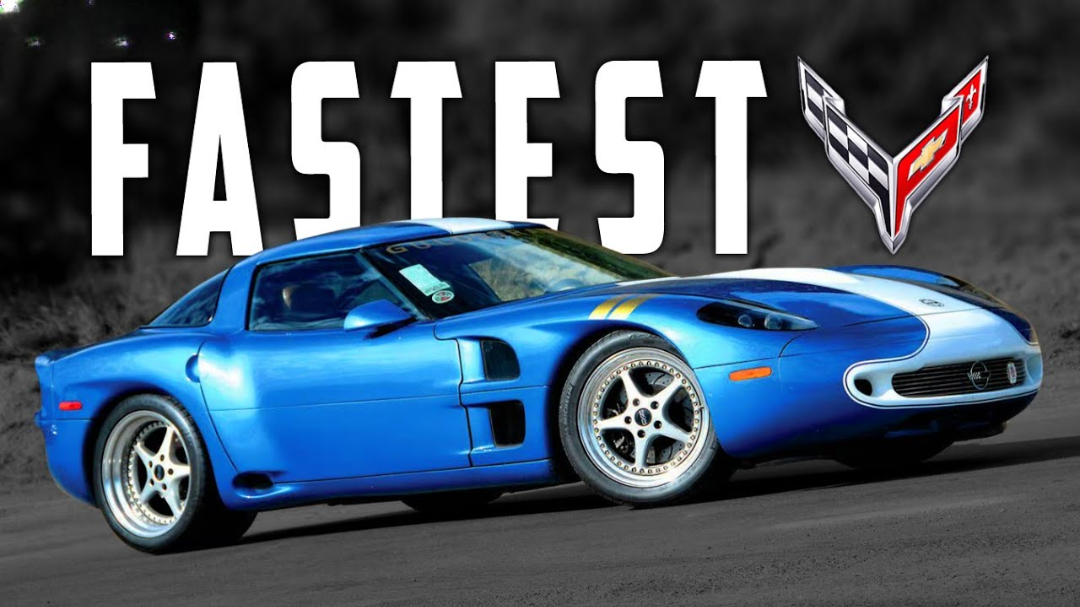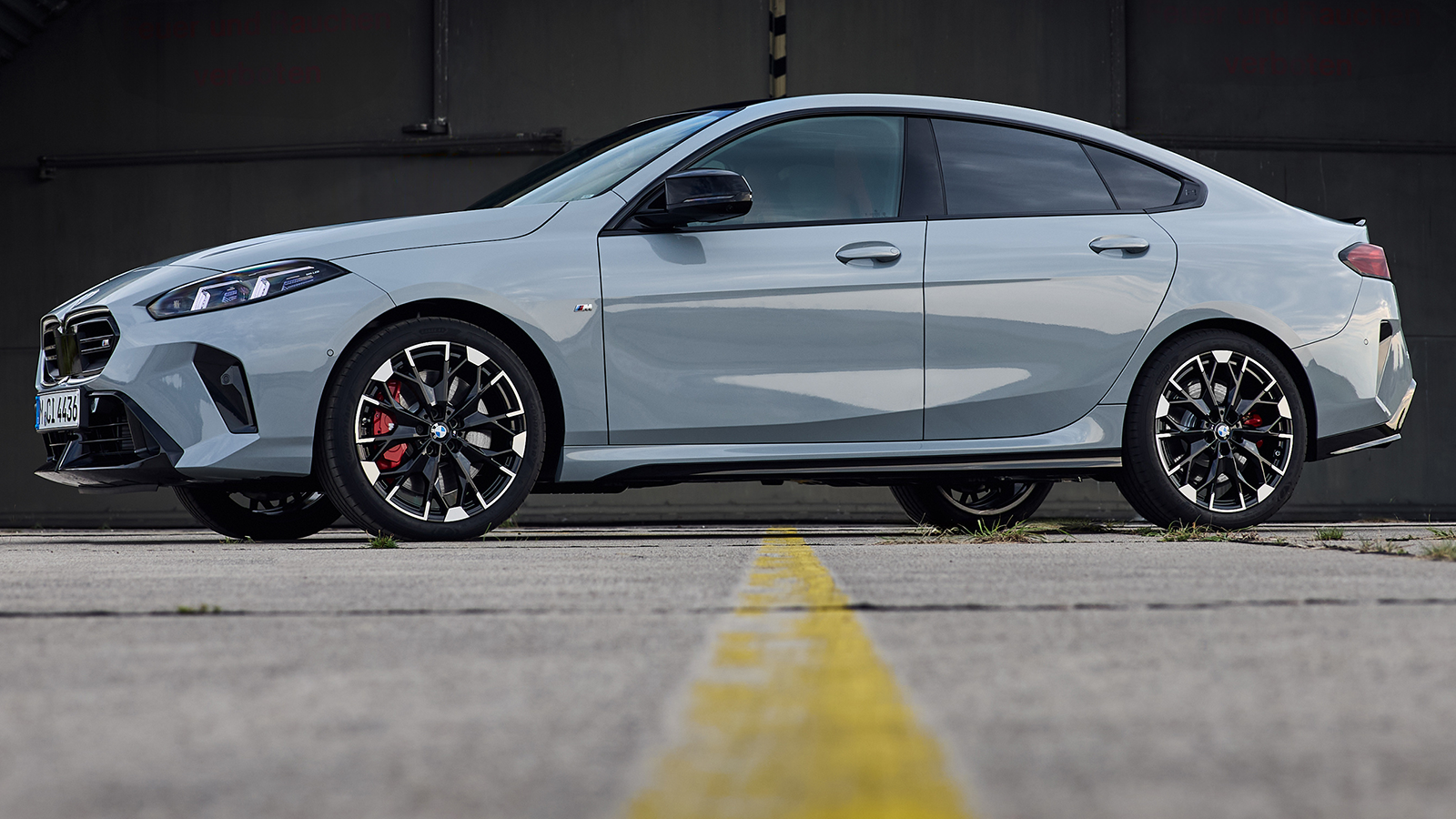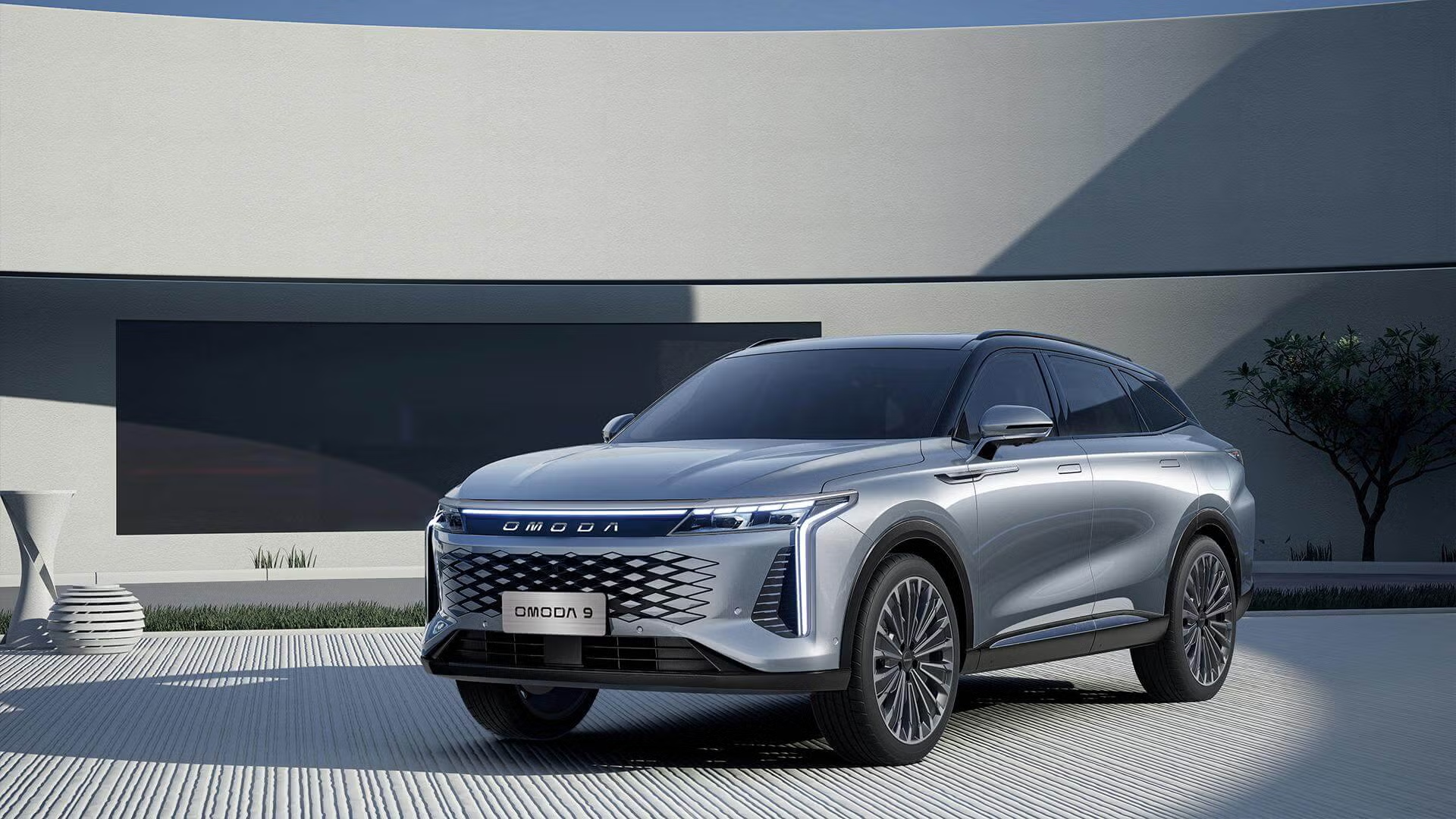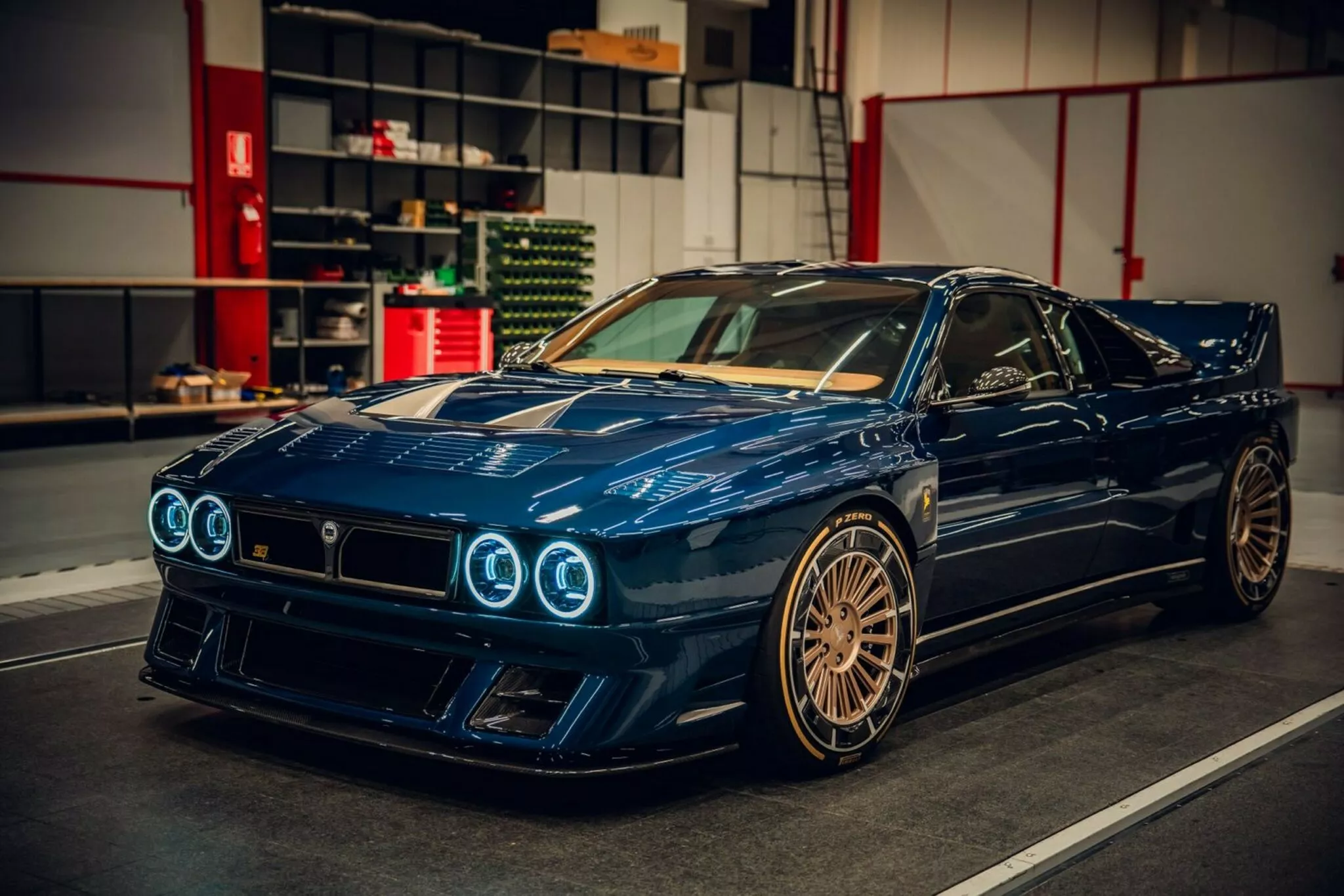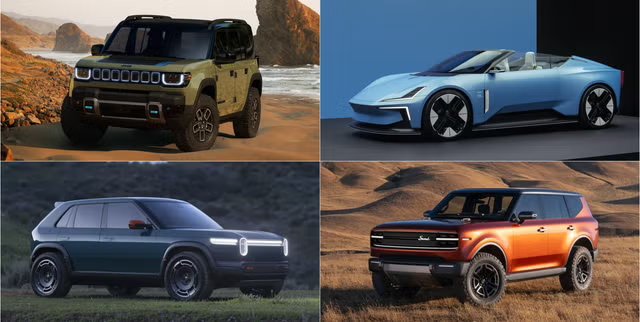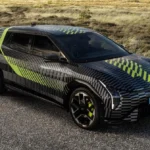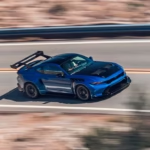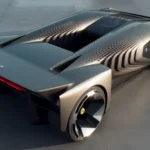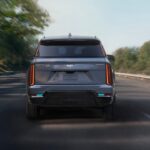The Fastest Front-Engine, Rear-Drive Cars Ever Tested: When Traditional Layout Meets Brutal Speed
Hitting 60 mph in under three seconds changes you. Your brain struggles to process the violence of acceleration as your body gets pinned against the seat. Internal organs feel like they’re trying to escape through your spine. It’s visceral, overwhelming, and completely addictive.
Achieving that level of performance typically requires placing the engine behind the driver. Extra weight over the rear axle helps driven wheels hook up as power climbs. The C8 Corvette proved this when Chevrolet finally abandoned tradition and went mid-engine, unlocking acceleration that the front-engine C7 struggled to match despite similar power.
But here’s the thing: a handful of front-engine, rear-wheel-drive machines have cracked the sub-3.0-second barrier anyway. These cars overcome physics through sheer force—massive power figures, sophisticated traction management, and tires sticky enough to grab pavement like velcro. Car and Driver’s testing over seven decades has documented exactly four road-legal vehicles achieving this feat.
Why Front-Engine RWD Is Harder
Before diving into specific cars, it’s worth understanding why launching a front-engine car quickly is mechanically challenging. When you accelerate hard, weight transfers rearward. In a mid-engine or rear-engine car, that’s perfect—you’re adding load exactly where driven wheels need grip.
In a front-engine car, you’re doing the opposite. The front gets lighter as the rear squats, which is great for traction but terrible for balance. Too much power and the rear wheels break loose. Not enough weight transfer and you’re wasting the engine’s potential. Finding that sweet spot requires sophisticated electronics, perfect tire compound choices, and often significant downforce.
The cars that manage sub-3.0-second times despite this handicap share common traits: enormous power (650+ horsepower minimum), wide rear tires with extreme grip, launch control systems that precisely meter wheelspin, and transmissions capable of handling brutal shock loads during launches.
2015 Chevrolet Corvette Z06: The $97K Benchmark (2.9 Seconds)
The C7 Z06 remains remarkable for being the only car on this list with an as-tested price below $100,000. At $97,595, it proved you didn’t need exotic Italian pedigree or six-figure pricing to achieve supercar acceleration.
The formula was straightforward but effective: a supercharged 6.2-liter LT4 V-8 producing 650 horsepower and 650 lb-ft of torque, routed through an eight-speed automatic transmission to the rear wheels. The optional Z07 performance package added Michelin Pilot Sport Cup 2 semi-slick tires, upgraded brakes, and aerodynamic elements that kept the 3,558-pound Vette planted during hard acceleration.
Launch control was key. Activate the system, mat the throttle, release the brake, and the Z06 managed wheelspin brilliantly while maintaining forward momentum. The result: 60 mph in 2.9 seconds and an 11.0-second quarter-mile at 126 mph.
The Z06 proved America could build legitimate supercar performance at attainable pricing. Yes, $97K isn’t cheap, but compare that to European exotics costing three times as much with similar or slower acceleration. The Z06 democratized extreme performance in ways few cars ever have.
2019 Chevrolet Corvette ZR1: The Send-Off Special (2.9 Seconds)
If the Z06 was the C7 generation’s going-away party, the ZR1 was the after-party that got completely out of hand. Chevrolet took the Z06’s formula and cranked everything up: bigger supercharger, more aggressive tuning, additional cooling, and that massive rear wing.
The numbers tell the story: 755 horsepower and 715 lb-ft from the LT5 supercharged V-8. Despite weighing 113 pounds more than the Z06 at 3,671 pounds, the ZR1 matched its 2.9-second 0-60 time. Where it pulled ahead was the quarter-mile, running 10.7 seconds at 135 mph compared to the Z06’s 11.0 at 126.
At $141,190 as-tested, the ZR1 cost significantly more than the Z06 but still undercut European competitors offering similar performance. It also featured the ZTK track package with maximum downforce settings, explaining why it could launch effectively despite lacking mid-engine weight distribution.
The ZR1 represented the absolute peak of what Chevrolet could extract from the front-engine Corvette formula. It was excessive, loud, brutally fast, and utterly American in its approach to performance. Then Chevrolet went mid-engine with the C8, and this era ended.
2025 Ford Mustang GTD: The $368K Statement (2.8 Seconds)
Ford looked at what Chevrolet achieved with the C7 generation and said “hold my beer.” The Mustang GTD is the most extreme pony car ever conceived, and its $367,960 as-tested price reflects that ambition.
The supercharged 5.2-liter V-8 produces 815 horsepower and 664 lb-ft—more than the ZR1. But the GTD weighs a portly 4,404 pounds, over 700 pounds heavier than the ZR1 and nearly 850 pounds more than the C7 Z06. That weight comes from extensive carbon fiber bodywork, advanced suspension components, a dual-clutch transmission, and that Formula 1-inspired DRS (drag reduction system) rear wing.
Despite the mass, the GTD reaches 60 mph in 2.8 seconds—quicker than either C7 Corvette. Credit Michelin Pilot Sport Cup 2R tires (even stickier than Cup 2s), sophisticated launch control, and that dual-clutch gearbox that shifts faster than the Corvette’s automatic.
The GTD proves that with enough engineering effort and cost-no-object development, you can make a heavy front-engine car accelerate like a supercar. Whether it’s worth nearly $370,000 is another question, but the performance is undeniable.
Ford also kept the Mustang front-engine when they could have gone mid-engine like Corvette. That decision was deliberate—the Mustang’s identity is tied to its traditional layout, and Ford committed to perfecting that formula rather than abandoning it.
2018 Ferrari 812 Superfast: The 2.7-Second King
Ferrari named this car the 812 Superfast, and amazingly, that’s not marketing hyperbole. At 2.7 seconds to 60 mph, it’s genuinely the quickest front-engine, rear-drive car Car and Driver has ever tested.
The 812’s party trick is its naturally aspirated 6.5-liter V-12 producing 789 horsepower and 530 lb-ft. That’s less torque than the forced-induction American cars, but the power delivery is immediate and linear rather than waiting for supercharger boost. The seven-speed dual-clutch transmission shifts with violence when pushed hard.
At 3,851 pounds, the 812 Superfast weighs more than either C7 Corvette but significantly less than the Mustang GTD. More importantly, Ferrari has decades of experience making front-engine V-12 GTs accelerate quickly. The 812’s weight distribution, suspension geometry, electronic differential, and traction control systems are all optimized specifically for launching hard without spinning wheels uselessly.
The $465,509 as-tested price makes it the most expensive car on this list, but you’re paying for more than raw acceleration. The 812 offers Ferrari’s characteristic style, a screaming naturally aspirated V-12, and engineering refinement that American manufacturers can’t quite match despite their impressive performance.
Ferrari has since replaced the 812 with the 12Cilindri, which promises similar or better performance. Whether it will match or beat the 812’s 2.7-second time remains to be seen pending testing.
The Technology Behind the Numbers
These cars share several key technologies enabling their sub-3.0-second times:
Launch Control Systems: All four vehicles feature sophisticated launch control that precisely manages wheelspin during hard launches. These systems consider tire temperature, road surface conditions, and available traction to determine optimal slip rates. Too much spin wastes power; too little leaves performance on the table.
Extreme Tires: Notice the tire choices—Michelin Pilot Sport Cup 2 variants and Pirelli P Zero PZ4. These aren’t normal street tires. They’re semi-slicks with minimal tread that prioritize dry grip over all-weather usability or longevity. They’re essentially race tires with just enough tread pattern to be street legal.
Advanced Transmissions: The C7 Corvettes use eight-speed automatics with aggressive launch programming. The Mustang GTD and Ferrari 812 employ dual-clutch transmissions that shift faster than any human could with a manual. These gearboxes handle enormous torque while minimizing power loss during shifts.
Aerodynamics: Both the ZR1 and GTD feature massive rear wings generating downforce that loads the rear tires, improving traction. This partially compensates for the front-engine layout’s weight distribution disadvantage.
What This List Reveals
First, Americans dominate. Three of four cars come from Detroit, proving that American manufacturers understand how to build brutally fast straight-line machines even when the physics work against them.
Second, power is expensive. The cheapest car on this list costs nearly $100,000, and prices escalate quickly from there. Sub-3.0-second acceleration requires serious engineering, and serious engineering costs serious money.
Third, this is probably the end of an era. The C8 Corvette went mid-engine. Ford built only 1,000 Mustang GTDs. Ferrari’s 12Cilindri successor might be the last naturally aspirated V-12 front-engine car. As electrification and hybridization dominate development, pure combustion-engine cars with traditional layouts will become increasingly rare.
Finally, these numbers represent peak internal combustion achievement. A 2.7-second 0-60 time from a front-engine car is astonishing given the mechanical disadvantages. Future electric vehicles will easily beat these times, but they won’t sound like a Ferrari V-12 or a supercharged American V-8 doing it.
Source-caranddriver
